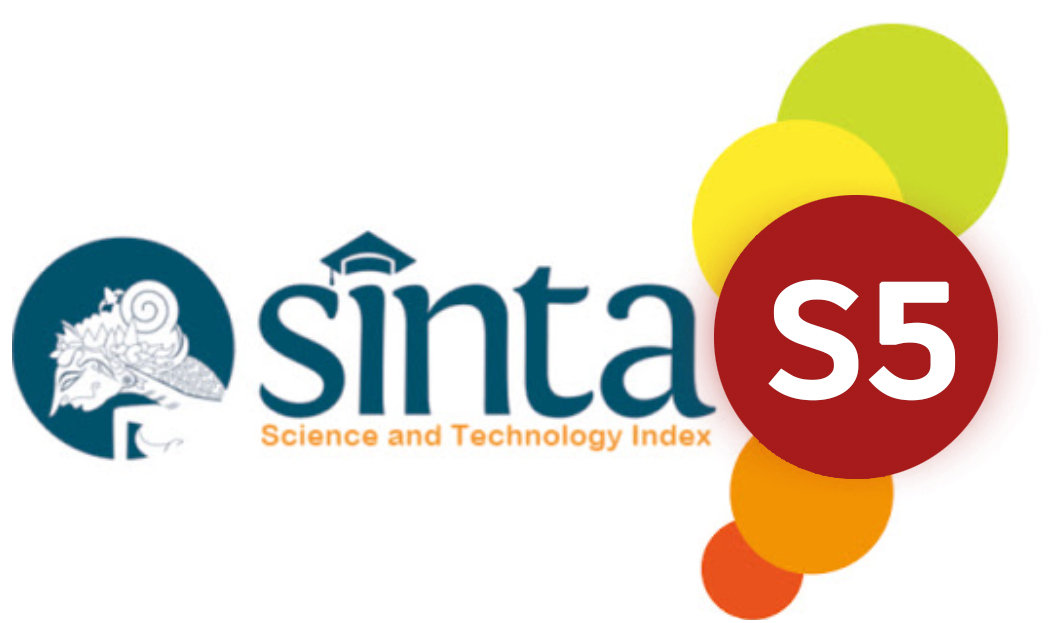Analisis Aspek Numerasi Siswa Kelas IX SMP pada Implementasi Asesmen Kompetensi Minimum
Abstract
Minimum Competency Assessment (AKM) is an assessment of the fundamental competencies students need to develop their capacity and participate positively. The problems in the national examination (UN) until now have not subsided. Finally, the government replaced the UN with AKM. AKM measures the literacy and numeracy of students whose targets are no longer class VI, IX, or class XII but classes V, VIII, and XI at each level, with various levels. One aspect of AKM is students' numeracy skills. This qualitative research uses a case study method conducted in junior high schools. Researchers will provide numeracy tests to students in the form of geometry questions equivalent to PISA and describe the results of the numeracy abilities of class IX students in the implementation of AKM. The reference to numeracy ability shows that students' numeracy is relatively low, namely at 0-33. The results obtained some aspects or indicators are not achieved, such as students finding it difficult to use various numbers and symbols when solving problems and not achieving the results of analyzing problem information from pictures, tables, diagrams, charts and so on. Students also have difficulty interpreting the analysis results and deciding the consequences of decisions. More practice is needed so that all aspects or indicators of numeracy can be achieved and students' numeracy skills can be better.
References
Aisah, H, Zaqiah, Q. Y., & Supiana, A. 2021. Impementasi Kebijakan Asesmen Kompetensi Minimum (AKM). Jurnal Pendidikan Islam Al-Affan. Vol. 1, No. 2.
Cahyanovianty, A. D & Wahidin. 2021. Analisis Kemampuan Numerasi Peserta Didik Kelas VIII dalam Menyelesaikan Soal Asesmen Kompetensi Minimum. Jurnal Cendekia: Jurnal Pendidikan Matematika. Vol 05, No. 02.
Hasanah, H., Nugraheni, P., & Purwoko, R. Y. (2020). Analisis Kendala Penerapan Pendekatan Saintifik dalam Pembelajaran Barisan dan Deret Geometri. Kreano, Jurnal Matematika Kreatif-Inovatif, 11(1), 16–26. https://doi.org/10.15294/kreano.v11i1.20663.
Istikomah, I. Purwoko, R. Y., & Nugraheni, P. (2020). Pengembangan E-Modul Matematika Berbasis Realisik untuk Meningkatkan Kemampuan Berpikir Kreatif Siswa. Maju, 7(2), 63–71.
Purwoko, R. Y. (2017). Urgensi pedagogical content knowledge dalam meningkatkan kualitas pembelajaran matematika. Jurnal Pendidikan Surya Edukasi, 3(2), 42–55.
Purwoko, R. Y., Nugraheni, P., & Instanti, D. (2019). Implementation of pedagogical content knowledge model in mathematics learning for high school. Journal of Physics: Conference Series, 1254(1), 1–6.
Purwoko, R. Y. (2017). Analisis Kemampuan Content Knowledge Mahasiswa Calon Guru Matematika Pada Praktek Pembelajaran Mikro. Jurnal Pendidikan Surya Edukasi (JPSE), 3(1), 55–65.
Rohim, D. C, Rahmawati. S., & Ganestri. I. D. 2021. Konsep Asesmen Kompetensi Minimum untuk Meningkatkan Kemampuan Literasi Numerasi Siswa Sekolah Dasar. Jurnal Varidika. Vol. 33, No. 1.
Sari, D. R, Lukman, E. N., & Muharram, M. R. W. 2021. Analisis Kemampuan Siswa dalam Menyelesaikan Soal Geometri pada Asesmen Kompetensi Minimum-Numerasi sekolah Dasar. Jurnal Pendidikan Dasar. Vol. 5, No. 2.
Winata, A, Widiyanti. I. S. R, & Cacik Sri. 2021. Analisis Kemampuan Numerasi dalam Pengembangan Soal Asesmen Kemampuan Minimal pada Siswa Kelas XI SMA untuk menyelesaikan Permasalahan. Science: Jurnal Education. Vol. 7, No. 2.





